A few weeks ago, during a conversation with a journalist from a major U.S. newspaper, our discussion steered to the issue of the dwindling readership of newspapers and magazines. We commiserated over the fate of printed news and the real potential that our news industry, print and online, might become a thing of the past. We reminisced about the old days when reading and analyzing news stories (who, what, when, where and why) was a standard teaching tool and a powerful way to develop in students a passion for reading, a commitment to civic engagement and a lifelong love of learning.
The percentage of people reading newspapers online is growing rapidly among people of all ages but especially among younger people. Yet, this growth is not offsetting the decline in print readership, making both online and prints vulnerable. Finding a business model that works is critical not just to the news industry but also to our democracy. A strong and vibrant independent Fourth Estate is a core value of this nation and essential to a thriving democracy.
There is no question that the convenience of reading and getting news in "real-time" is important and very much a part of today's fast-paced, 24-hour news cycle, 140-character tweet. The changes in the information and media ecosystem have been rapid and vast, and with these changes we are witnessing revolutions in the way news content is developed, absorbed and used. We know that the many forms of social media are increasingly becoming the source of information for everything including serious news, social relationships and civic engagement efforts. What we do not know is the impact of these changes on deep student learning, civic engagement and fostering a passion for lifelong learning.
Today's college student has lived his or her entire life in the wired world. Our college students rely on online and social media portals for almost all sources of information appearing to trade depth for breadth. Yes, the dwindling role of print media is sad and worrisome, but our students are showing us the importance of today's sources of information, including cyber activism and the alternative press in learning and activism. We see this not only in their academic work but in their civic and community engagement. Many of us have received forwarded emails from current and former students as well as our own children, nieces and nephews. These emails often have to do with boycotts: anything from not buying diamonds to not shopping at brands deemed to be particularly unprincipled. We see the amazingly quick impact of organizations such as the Color of Change on the national dialogue over corporate responsibility, or the impact on international activism in countries around the globe. We marvel at the rapid development of new websites, often started by students, to make meaningful change in the world. The verdict on this new source of social engagement is mixed, but there is no denying that this form of civic and social engagement is here to stay.
All of this raises the question of the role of higher education in this rapidly changing information and media ecosystem. Are we adapting fast enough? How do we encourage deep learning, civic engagement and a lifelong love of learning in this new environment? Will our old teaching and learning techniques work in this new environment? At Wheelock College, our public mission to improve the lives of children and families is fueled by our students desire to make the world a better place. Students on college campuses throughout the country share this same desire. At Wheelock, we are working both inside and outside the classroom to give our students the skills to take full advantage of the tools available - from print to social media - to be effective and empowered advocates. My next blog entry will focus on these tools and techniques.